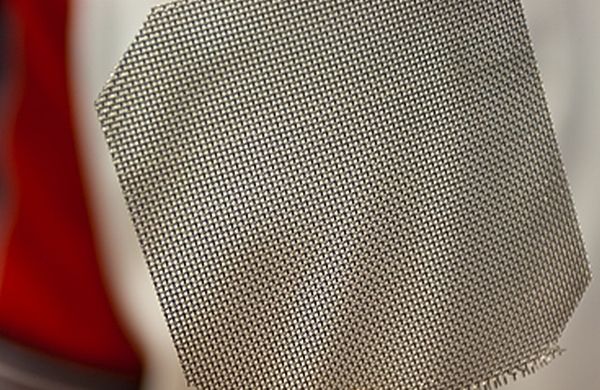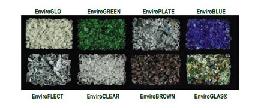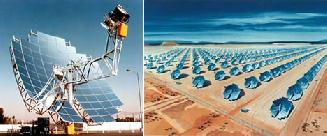
Shreerang Chhatre, an engineer and entrepreneur at MIT, works on fog harvesting. This method is inspired by a beetle’s physiology. Stenocara gracilipes, a beetle found in the Namib Desert on the west coast of Africa, collects water droplets from the fog on its bump and rolls it down to its mouth for drinking. Fog harvesting is a scientific method based on the above technique employed by the beetle. It can help in solving the problem of water scarcity in the poor countries.
In Stenocara gracilipes, the shell has bumps that attract water and troughs that repel water. The water collects on the bump and rolls through the trough without absorption into the beetle’s mouth. A similar kind of attraction and repulsion mechanism was developed for the fog-harvesting device. The device used for harvesting is a fence-like mesh panel, which attracts water from the fog. A completely impermeable surface is not practical to use, as it creates wind currents that drags water away from it. Use of mesh helps in collecting large amounts of water with little absorption. The water droplets flow into a receptacle for storage.
Though fog harvesting has proved to be a success in the laboratory, turning it into a globally successful enterprise requires finance. Chhatre is searching for potential groups which can use this technology in order to solve their water problems. Communities, schools or businesses in the developing world can adopt this technique for water collection in order to reduce their energy costs.
This technology has generated interest and a few trail runs in Gautemala have been successful in providing water to a village of 150 people. Provided the technology becomes popular and sufficient number of devices is sold, this method will become economical.
Fog harvesting is still in the initial stages of development, but its success can help solve the water crisis of the world.
Via: MIT News




